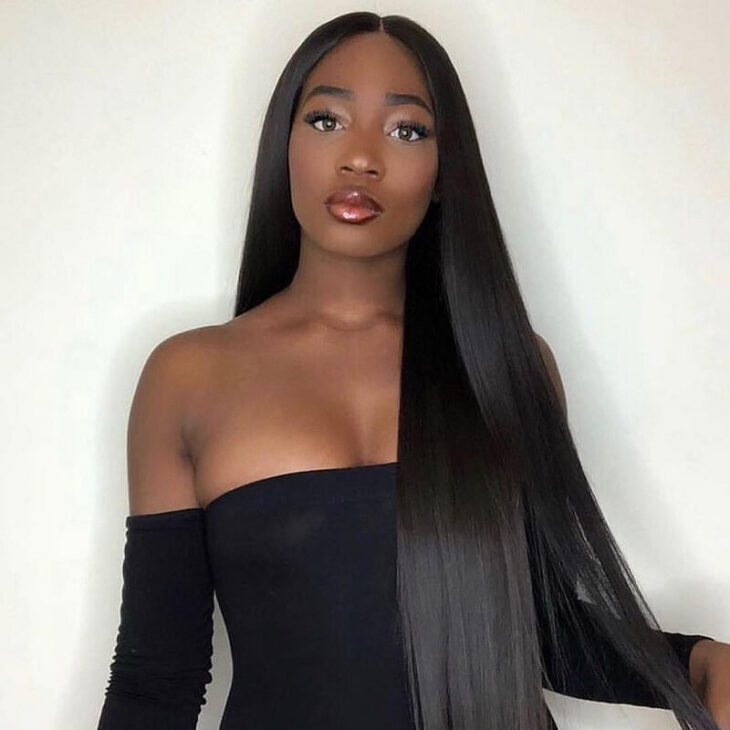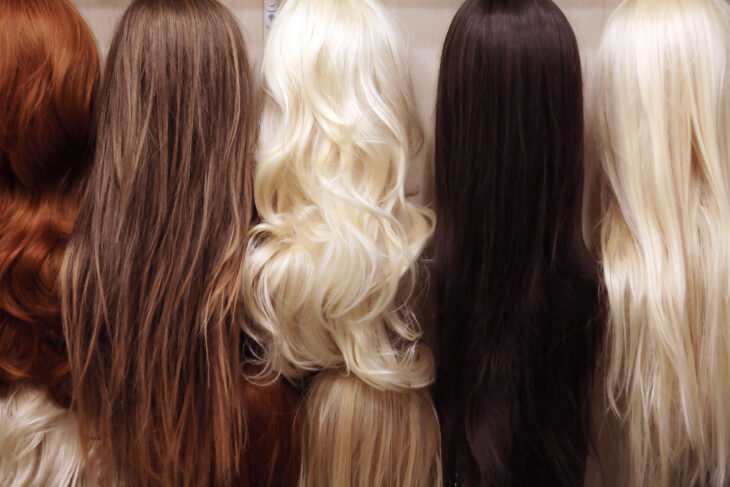Opening Word
Having the need to wear a human hair wig is no longer reserved for those with hair loss and other hair-related problems.
Back in the day these products were almost exclusively used to cover up bald spots and give people the confidence they may have lost along with their hair. For thousands of years, wigs have been giving people a chance to look different, chase new fashion trends, and showcase their social status. From Ancient Egypt, across the Renaissance and Victorian periods, and finally to the modern-day, being able to put a full set of hair that is not your own but appears to be is all certain people need to feel good and to express themselves.
However, problems may arise if you do all of this without the right experience or knowledge you need. Wearing a human hair wig is not as easy as buying a model and putting it on your head. There is a lot to be thought about especially regarding how well it fits your head and if it fits at all in the first place. If you are a wig wearer who frequently utilizes all the benefits of this amazing product, you are probably no stranger to it falling off or simply not fitting properly. To help you, we decided to devote this article towards the know-how regarding the proper human hair wig wearing. If you wish to learn more about this or need a few new human hair wigs for your collection, check here.
How to Tell If the Fit is Proper

img source: bejoyhairwigs.com
Wearing wigs with the right fit does not have to come hard, nor is it impossible to get the hang of. There are two main issues with them, as they can either be too small or too big. All problems arise from these two issues and there are signs that point towards both.
We will start with the human hair wigs being too small. If it keeps sliding back on your head all the time and if your hairline or scalp are exposed and revealed, it is probably too small. There is no coverage and it cannot reach all the parts of your head at the same time. Similarly, if it has a lace front and it keeps rolling underneath, it is small since it is being stretched beyond its limits and moved out of place. The easiest way to tell is if the whole thing simply feels too uncomfortable and too tight at the temples or the upper forehead. Also, in case it is pulling down on your hair, it is definitely a size (or few) too small. Last but not least, and definitely something you need to check in the mirror if the crown of the wig sticks up, it is a too small model for your head.
On the other hand, human hair wigs that are too big have a whole range of other issues which are also quite easy to distinguish as they make sense. Just like a hat or anything else you put on or around your head, if it slides all over and never sits firmly in one place, especially when you move your head, it is a few sizes bigger than you want it to be. If you still have some of your natural hair and it sticks out through the gaps between the head and the inner cap, it is too big. As a matter of fact, if there is any room anywhere between you and the wig while you wear it, go down a size or two. Finally, in case you see the lace of your wig buckling up or wrinkling in the front end, know that you should have gotten a smaller size.
Choosing the Best Fit

Set of various color wigs as background
Problems with wigs not fitting properly usually have to do with the customers not buying the right model or size for their heads. There are clear instructions regarding the measurements of the head that you should stick to with every new wig so that you never again have to experience discomfort. With that being said, here we will talk about how to measure your head and what to do before you can freely browse for new wigs on the market.
First of all, you need to measure the circumference of your head. This is the main measurement of the entire head and therefore the crucial piece of information you need to have for buying wigs. It can be done by simply wrapping a measuring tape from your forehead back to the area behind your ears. Once you secure the tape on the upper forehead and the nape of your neck, you will know the circumference.
Next up is the front to nape length, because this measurement will basically tell you the length of your wig and how much area it needs to cover. Measure the length between the start of your hairline to the nape of the neck. After you have done that, an ear-to-ear measurement needs to take place where you will put your tape across the hairline between your ears and over the forehead.
Another ear-to-ear measurement is necessary, this time over the very top of your head. This will give you information on the height and volume of the cap and how high it needs to reach and stretch. Temple to temple measurement is the width of the head and it is as important as the length (front to nape). You do not want the wig to be too narrow on the sides so measure the temple to temple length around the back of the head. Finally, the last measurement you need is the length of the neck nape.
Conclusion and Takeaways

img source: stylecraze.com
Wearing a wig the right way and reaping all the benefits it has takes time and practice. When it comes to finding the best fit for your head, you can escape common problems by doing the right steps and measuring your head the right way. If you already have too small or too big variants, it is high time to stop wearing them and buy something comfier. You will appreciate the newfound pleasure of wearing the absolute best fit for your needs, trust us.
